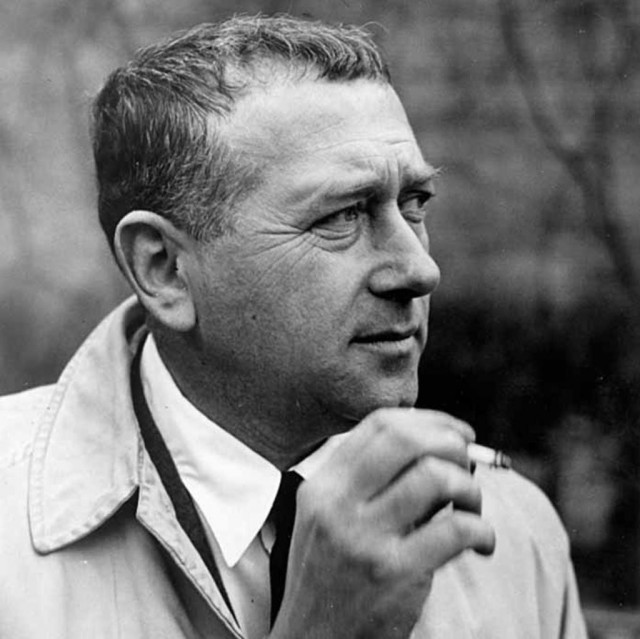Marcel Breuer

Marcel Lajos Breuer (°Pécs, Hungary, May 21, 1902 – †New York, July 1, 1981) was an American architect, furniture designer and interior designer.
In 1920 he went to the Vienna Art Academy with a scholarship, but he was not satisfied with the training. He worked for an architect for a few weeks, but left for Germany when he heard about the Bauhaus, which had recently been founded, through Fréd Forbát. After Breuer worked briefly at an architectural firm in Paris in 1924, he returned to the Bauhaus in 1925 to work as head of the furniture department. That same year he produced his first tubular steel furniture: the Wassily chair or B3 chair.
In April 1928, Breuer left the Bauhaus at the same time as Walter Gropius. He opened an architectural firm in Berlin. During this period he was mainly active as a furniture designer and interior designer. His architectural designs have not yet been implemented. When he received fewer assignments in the 1930s, he traveled to Greece, Spain and North Africa, among others. In 1935, Breuer was forced to move to London because of his Jewish origins. Here he opened together with F.R.S. Yorke an architectural firm. Two years later, in 1937, Breuer settled permanently in the United States. He became a professor at Harvard University’s School of Design. Breuer worked intensively with Walter Gropius from Cambridge. They jointly designed several private rooms.
In 1941 Breuer started an independent practice, which was not very successful due to the war situation. In 1946 he retired from teaching and established his office in New York. In the late 1940s and 1950s he completed approximately 70 assignments for private homes.










